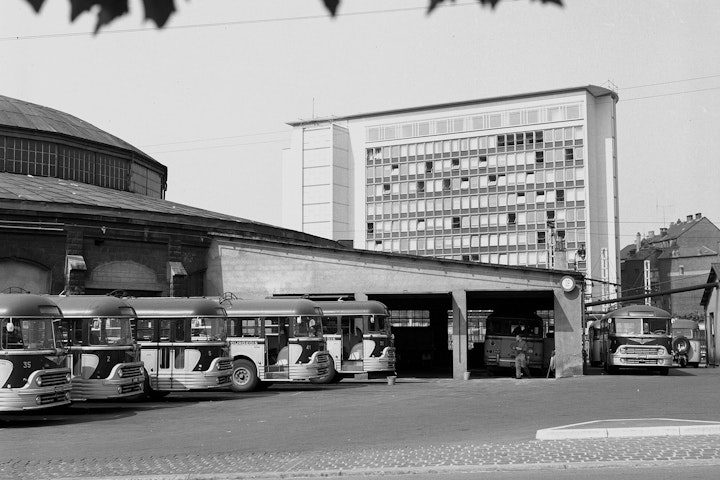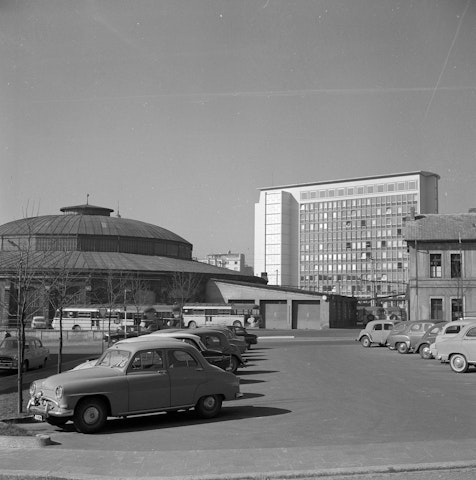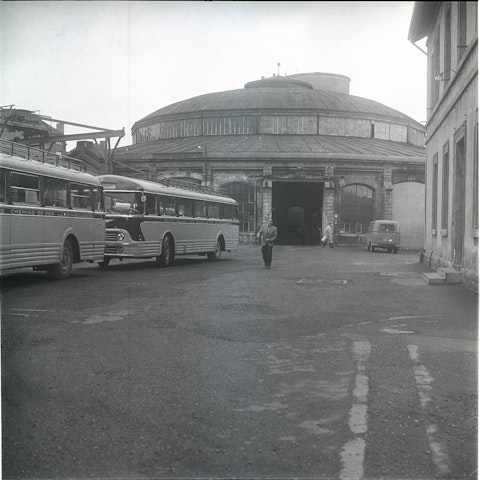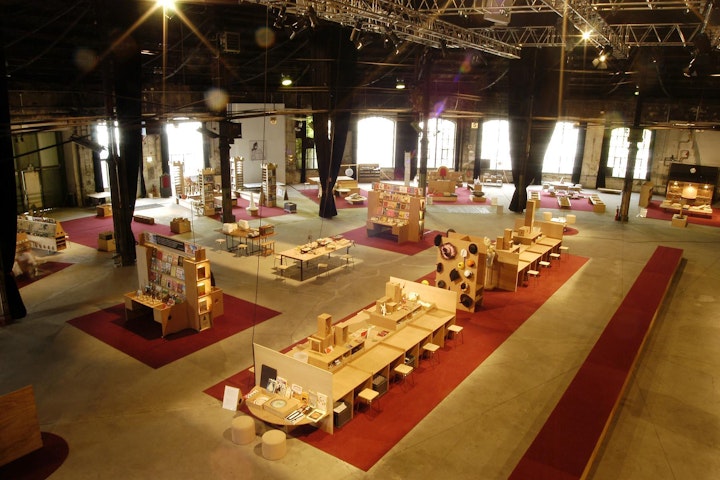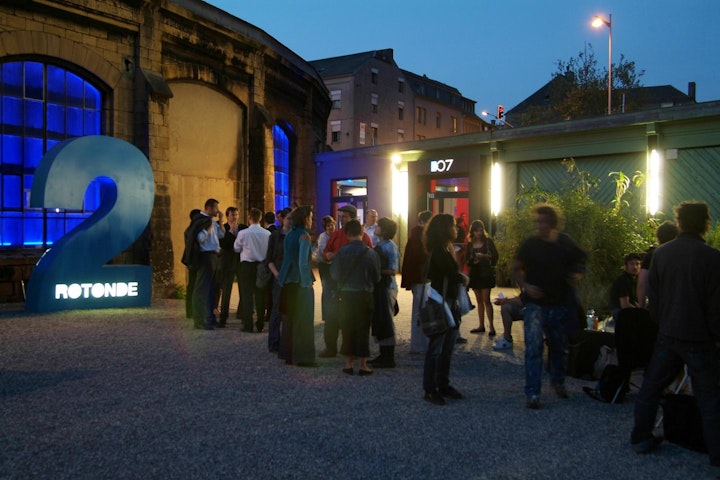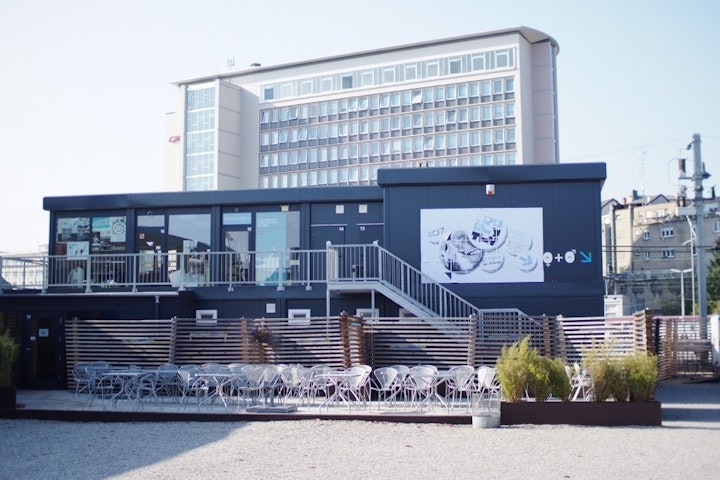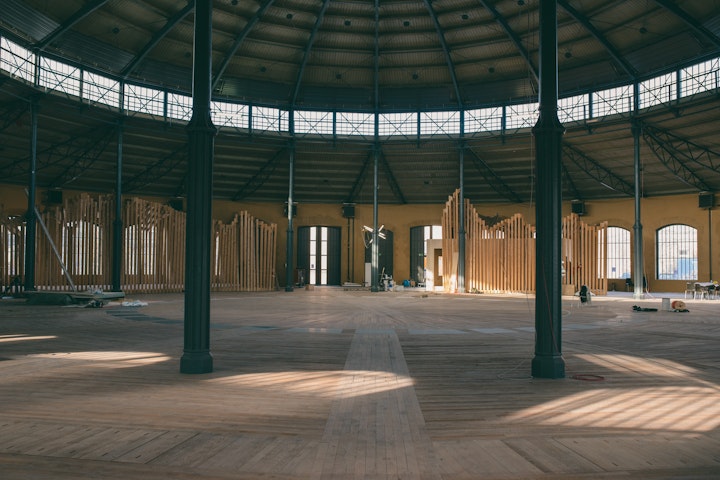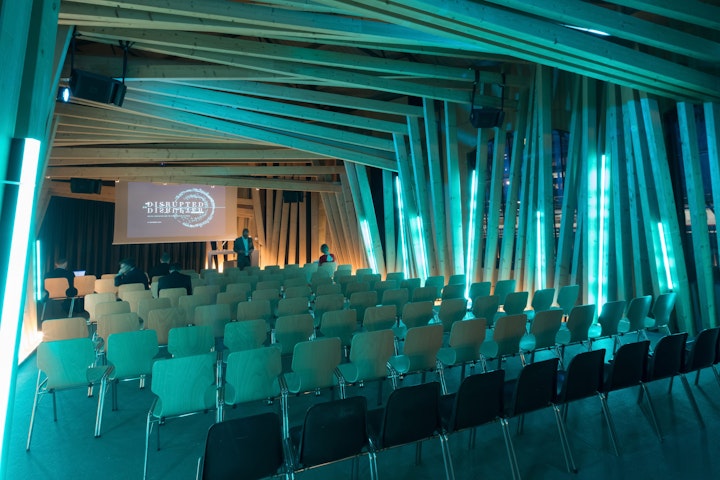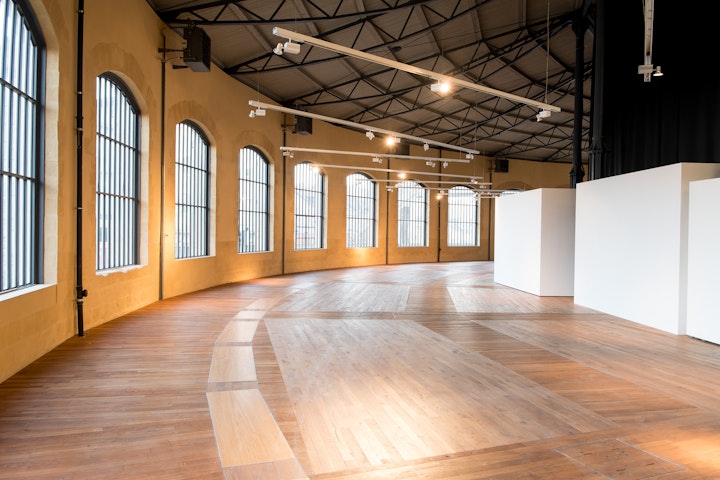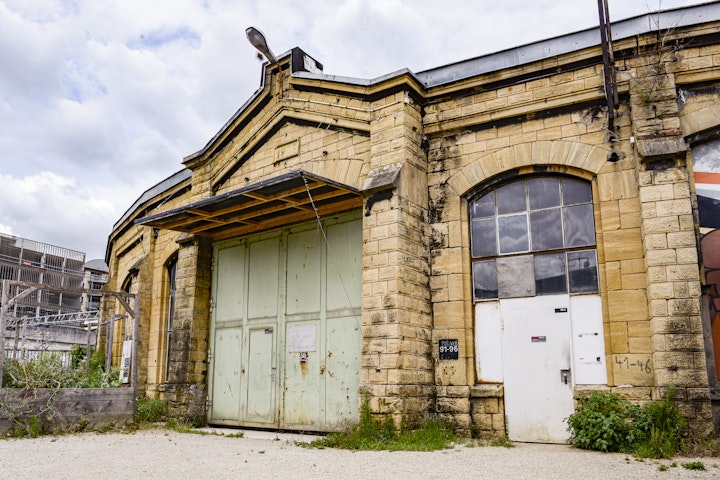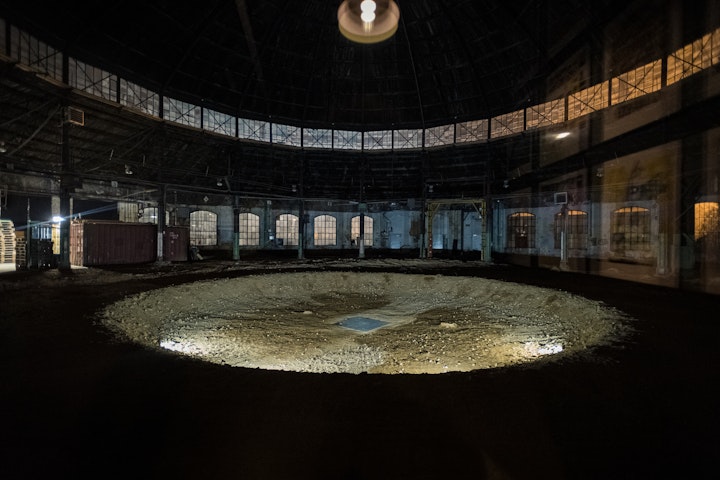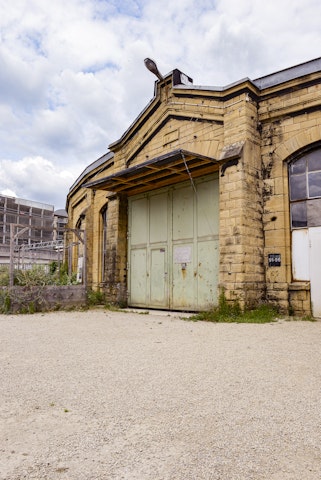As its name suggests, Rotondes consists of two circular buildings. Each 52 metres in diameter, they were constructed in 1875 to serve as a depot and repair shop for steam locomotives. It has been through several permutations since then.
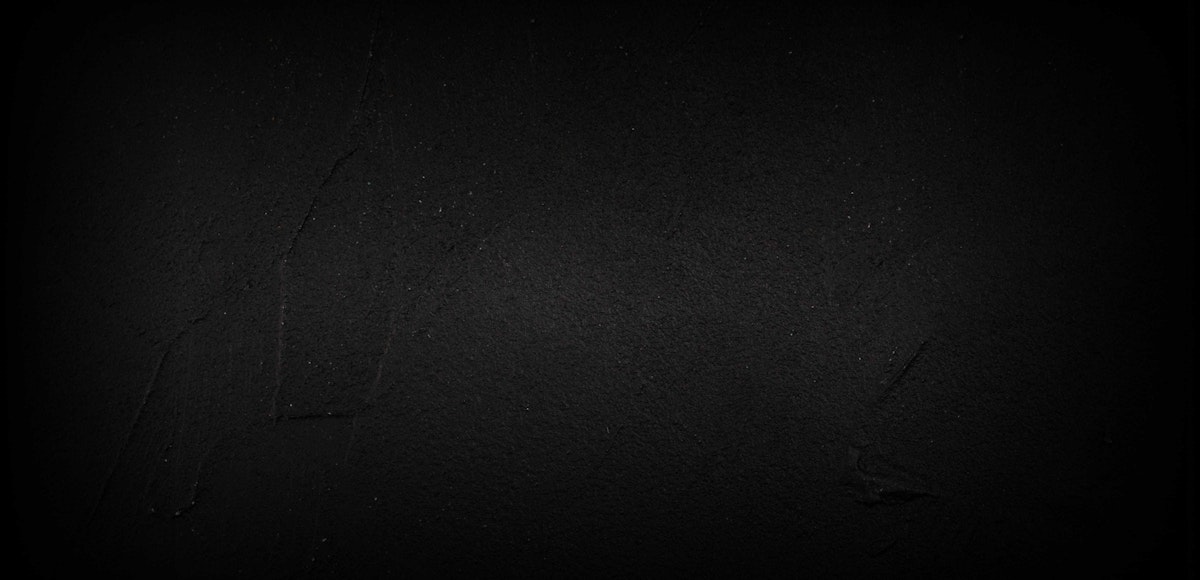
Our History
Industrial and railway heritage
After the Second World War, steam engines gradually disappeared. Rotondes was then used as a storage space (Rotonde 1) and as a repair workshop for CFL buses (Rotonde 2). Over the decades the two emblematic buildings have been put to different uses.
- In 1985, both buildings were added to the Sites et Monuments Nationaux list of protected sites.
- On 18 January 1991, they were listed as national monuments by an Arrêté du Conseil de gouvernement. (by gouvernmental decree)
- Between 1994 and 2000, various proposals for new uses for Rotondes were put forward, including for a centre for contemporary art, a Cité des Sciences, and a bicycle museum.
- In 2000, ownership of the site was finally transferred from CFL to the State, under the responsibility of the Ministry of Culture.
- Starting in 2001, Rotonde 1 underwent significant rehabilitation works under the supervision of the Service des Sites et Monuments Nationaux, while Rotonde 2 continued to house the repair workshop for the CFL buses.
Headquarters of the European Capital of Culture 2007
On 10 October 2006, the last bus left Rotonde 2 for good to allow the “Luxembourg and Greater Region, European Capital of Culture 2007” association to set up its headquarters and reconfigure the site for the events to come. Throughout 2007 numerous cultural events brought the Rotondes site to life. The European cultural year confirmed that the site could leave part of its industrial past behind, and successfully welcome exhibitions, performances and concerts.
Rotonde 1 housed four major exhibitions during 2007, including Douleur exquise by Sophie Calle. Rotonde 2 hosted artistic programmes for young audiences. The first edition of the Triennale Jeune Création was held in the same setting, with some forty young artists from the Greater Region. The torn-down workshops were transformed into a café/concert venue called EXIT07 specialising in alternative music. That August it also hosted the first edition of the Congés Annulés.
The return in 2015
Once the decontamination work was completed in 2012, a new stage of the conversion plan began, aiming to turn the Rotondes site into a functioning cultural venue once again. The plan for Rotonde 1 involved the creation of a performance venue (Grande Salle), an exhibition space (Galerie), and a multi-purpose hall to host conferences, screenings, talks, etc. (Plateforme).
Meanwhile, the team behind the European cultural year relocated to another industrial site close by, the CarréRotondes in the Hollerich neighbourhood. A return to Rotondes was set before a full renovation of Rotonde 2 could be finalised. Nevertheless, an independent structure was built inside it to accommodate a café (Buvette) and a concert venue (Klub). And between the two Rotondes, a temporary container city (Co:Work, Studios 2, 3, and 4) has hosted events up to this day that ultimately will be held in Rotonde 2.
The renovation continues
A complete renovation of Rotonde 2 is currently under consideration, in close collaboration with the Ministry of Culture, the City of Luxembourg, the Administration des Bâtiments Publics, and the Service des sites et monuments nationaux.
Different factors have served as a basis for the final phase of the site rehabilitation: the evolution of Rotondes’ cultural offer, the demands of the public, the possibility of expanding our offers for young people and families, the desire to host alternative, multidisciplinary projects, etc. Based on these factors, a general concept has been sketched out, one that includes the renovation of both Rotonde 2 and the courtyard, and takes into account the need to optimise on-site storage capacities, to move the café in a permanent setting and to generally be able to welcome our visitors in the best possible way. After going through several preparatory stages (feasibility survey, preliminary design…), the project was presented to the commission d’analyse critique in December 2022 and given the go-ahead. All the parties involved are now working on a schedule for the renovation.





